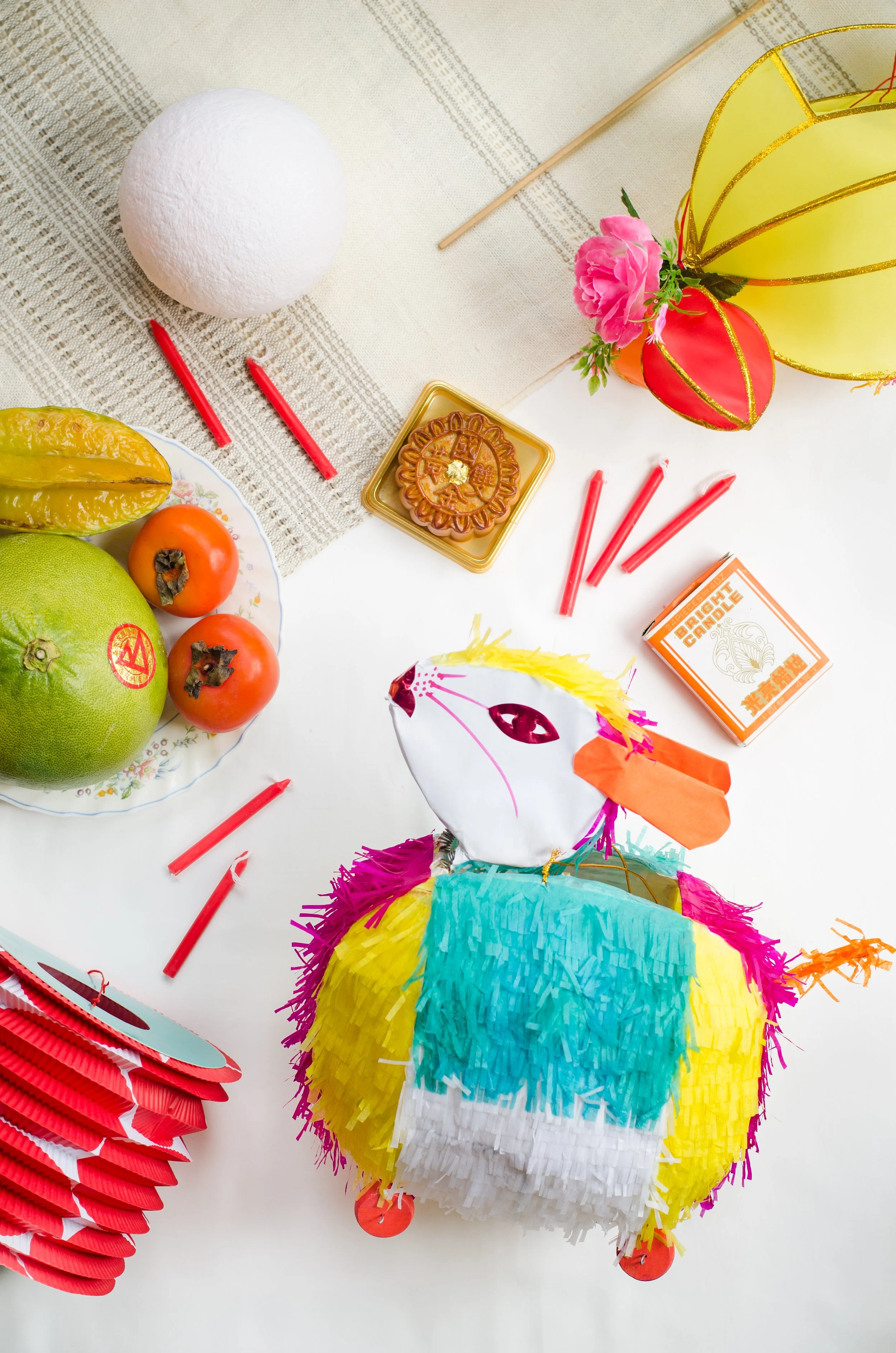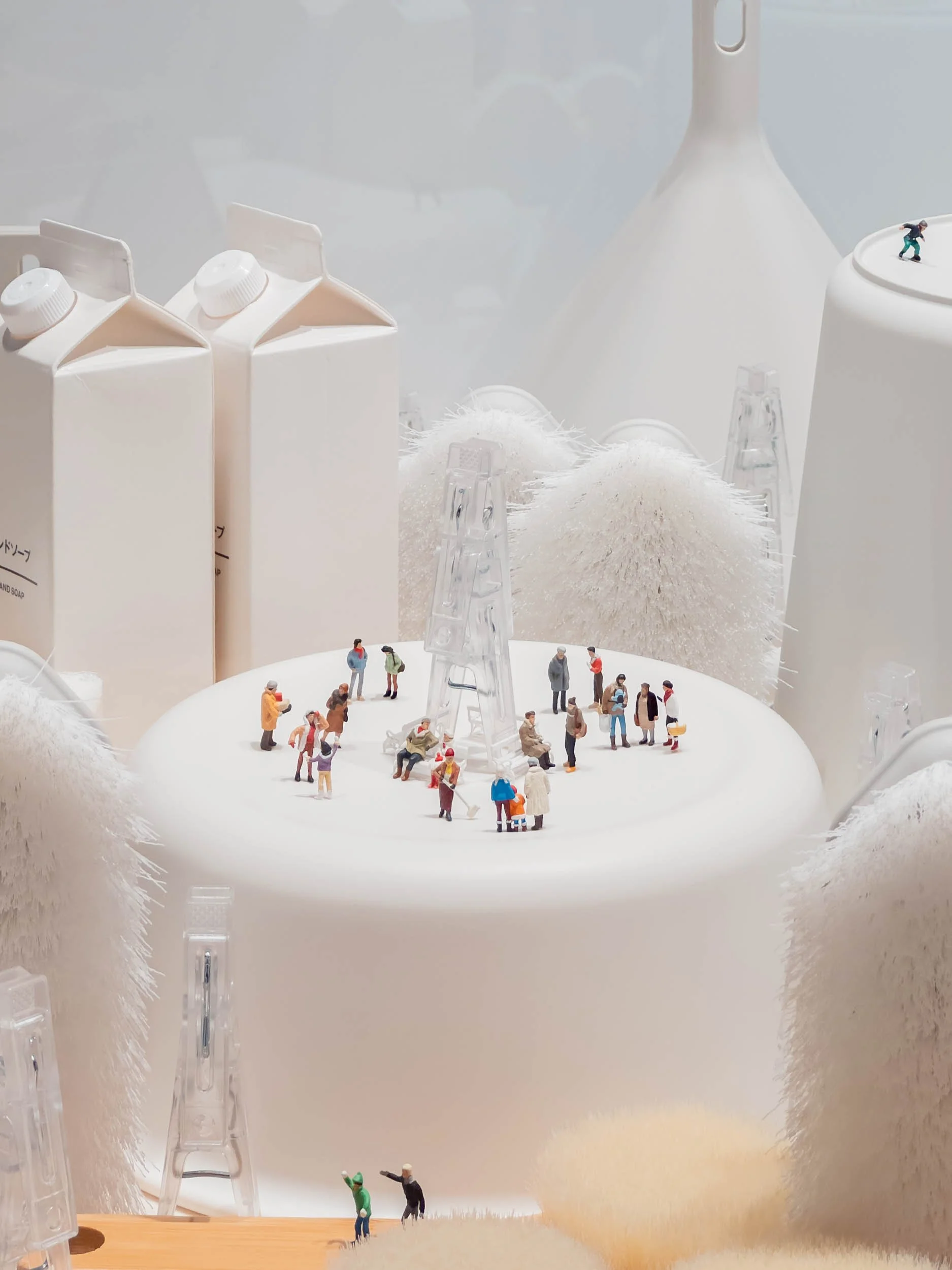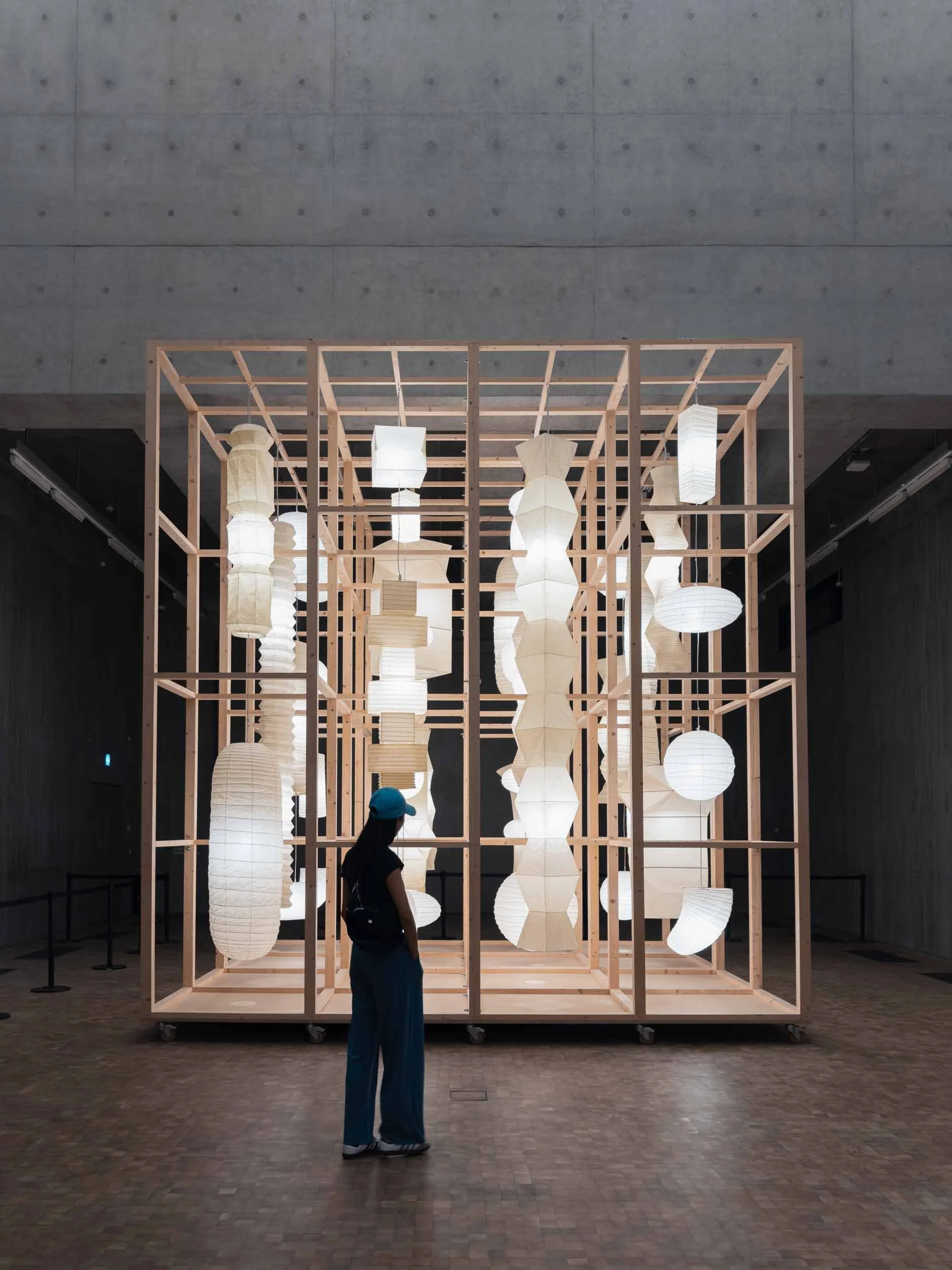There’s More to the Mid-Autumn Festival than just Mooncakes
Did someone mention mooncakes?
There’s something uniquely enchanting about Hong Kong during the Mid-Autumn Festival. As the city slips into September, anticipation bubbles beneath the surface—shop windows fill with ornately packaged mooncakes, lantern stalls spring up on street corners, and the air takes on a faint, promising coolness. For me, it’s the most heartfelt of all Chinese festivals—a time when the city slows down just enough for us to notice the moon, reconnect with family, and indulge in a bit of nostalgia.
The Mid-Autumn Festival, also known as the Moon Festival or Mooncake Festival, is a cornerstone of Chinese culture, sitting right up there with Chinese New Year in the local consciousness. It’s Hong Kong’s answer to Thanksgiving, blending gratitude, reunion, and a dash of magic on the brightest full moon night of the year—the fifteenth day of the eighth lunar month, usually somewhere between mid-September and early October. Unlike the rowdy fanfare of Chinese New Year, Mid-Autumn feels more intimate, more local. If you ever wanted to experience authentic Hong Kong, this is the festival that opens a window into its soul.
Fun fact: Since most Mid-Autumn celebrations occur at night, the day after the Mid-Autumn Festival is a public holiday instead of the festival date itself. If the day after the festival falls on a Sunday, the following Monday will be designated a public holiday. Metro services are also extended to run overnight, such as on Christmas Eve and New Year’s Eve.
Folklore: Legends Beneath the Moon
No Mid-Autumn Festival is complete without a touch of myth. The most beloved tale tells of Hou Yi, the legendary archer who saved the earth by shooting down nine scorching suns, only to lose his wife Chang’e to the heavens. After consuming the elixir of immortality, she floated up to the moon, where she remains as the Moon Goddess, accompanied by the Jade Rabbit. As a child, I remember being mesmerised by this story, searching for shapes on the moon’s surface and believing, just for a moment, in celestial romance. It’s a motif you’ll see everywhere this season—rabbits and moon maidens, woven into lanterns, cakes, and childhood memories.
Traditions
Mooncake Mania
Let’s not kid ourselves—the real star of the show is the mooncake. These ornate pastries are as much a tradition as they are a culinary adventure, having originated during the Yuan Dynasty in China, where they were used to smuggle messages and plan an uprising on the night of the full moon. With round shapes representing reunion and completeness, their auspicious symbolism is why they are frequently gifted between friends, families, and clients to be enjoyed during the festival. And because of their popularity, mooncake tins often require pre-ordering, just like Chinese New Year puddings.
Traditional mooncakes (傳統月餅): The OG (and my favourite), with its thick golden crust, creamy white lotus filling, and salted egg yolks gleaming like miniature full moons (雙黃白蓮蓉), remains my personal favourite. Elaborate designs of the bakery’s name with floral embellishments are often imprinted on the top of the mooncake for decorative purposes, with Maxim’s (美心西餅) and Kee Wah Bakery (奇華餅家) being popular contenders for their consistently lush textures.
Snowy mooncakes (冰皮月餅): The innovative delicacy burst onto the scene thanks to Taipan Bakery (which has since sadly closed for business) and is now a cult favourite—think chewy mochi-skin, served cold, with fillings ranging from green bean paste to mango pomelo sago, a beloved local dessert, and even the love-it-or-hate-it durian.
Custard mooncakes (奶皇月餅): A fusion of tradition and modernity, custard mooncakes are said to have been inspired by local custard buns. The gift sets from Peninsula Boutique (半島精品店) and Imperial Patisserie (皇玥) are truly in a league of their own; gently warmed, the filling oozes like molten gold, and their packaging is almost too pretty to open. If you’re sending a gift, these are the way to go—trust me, the delight is universal.
Family Feasts and Moonlit Strolls
Mid-Autumn is all about reunion. Families gather for dinner, often finishing with a platter of pomelo, starfruit, and—of course—mooncakes. The city’s parks come alive after dusk, with families and friends wandering under the full moon. There’s a notable hush in the air, a sense of togetherness that’s hard to describe but impossible to miss. My favourite spots for moongazing? West Kowloon Art Park’s grassy lawns, Tamar Park’s city-meets-sea vistas, and the buzzing Sun Yat Sen Memorial Park. You’ll find people setting up picnics, laying out lanterns, and simply soaking in the glow.
Lantern Displays: Colour, Craft and Childhood
Lanterns are the soul of the festival. As a child, I remember making paper lanterns at school, but these days, the sheer variety is mind-boggling. Traditional paper lanterns, humble yet charming, still line local shops; bamboo-framed lanterns shaped like rabbits or starfruit are a nod to fading craftsmanship. Of course, plastic, battery-powered lanterns have taken over, piping out off-key tunes and cartoon jingles. At first, I rolled my eyes, but there’s something endearing about their kitschiness—the city wouldn’t be the same without them.
If there’s one must-see, it’s the lantern displays at Victoria Park. Each year, the park transforms into a luminous wonderland, brimming with oversized installations and glowing arches. It’s gloriously tacky, but the infectious local energy makes it an unmissable spectacle. Solving lantern riddles is another tradition—witty, auspicious messages dangle from the lanterns, ready to stump even the most seasoned puzzle-solvers.
Wax Burning: A Fading Rite of Mischief
Ask any local about their childhood Mid-Autumn memories, and wax burning (known as “煲蠟”, literally “boiling wax” in Chinese) will inevitably come up. It started with mooncake gifting, a popular gesture that left families with piles of empty tins at the end of the Mid-Autumn Festival. Before smartphones and computers existed, there were limited forms of entertainment (you could only eat as many mooncakes and stare at the full moon for so long). Youngsters would gather in parks, melting spare candles in tin boxes, sometimes tossing water onto the molten puddles for a burst of flames. It was equal parts thrilling and dangerous—a rite of passage now largely stamped out by safety regulations since the 1990s. I don’t condone it (and neither does the city), but there’s a wistful nostalgia for the wild, unsupervised nights of youth.
Disclaimer: Wax burning is dangerous and a nightmare to clean up.
Glow Sticks: A Neon Farewell
With wax burning on the way out, glow sticks became the safer way for kids (and let’s be honest, adults) to play. Thin tubes would be bent into connectors, creating glow-in-the-dark bracelets, flowers, and balls that could be tossed around for fun. Because a limited number of connectors are included in each pack, kids would save and reuse them the following year. I always went for pink and blue (yellow and green were too mainstream, red too dim, and everyone seemed to despise orange), and I used to leave them overnight in my room until they faded into nothing. In 2024, with new plastic bans, glow sticks sparkled in Hong Kong parks for the last time—a bittersweet goodbye to an easy, affordable joy.
Fire Dragon Dance: Tradition in Motion
If there’s one spectacle you shouldn’t miss, it’s the Fire Dragon Dance in Tai Hang. This century-old tradition, rooted in Hakka culture, sees a 67-metre dragon, studded with 12,000 burning incense sticks, winding through the streets to the beat of drums. The head alone weighs nearly 50kg, and the dragon is animated by dozens of dancers, swirling through the crowd in a hypnotic, smoky ritual. I’ve been several times, and every visit feels magical—the scent of incense, the pulsing energy, the sense that ancient legends are alive and well in the heart of the city.
Popular Sayings
The beauty of the Mid-Autumn Festival lies in its layers: the folklore, food, family, and a city glowing under the moon. The classic greeting, “中秋節快樂” (Happy Mid-Autumn Festival), is on everyone’s lips, while the more poetic “人月兩團圓” captures the longing for reunion as the moon reaches its fullest. For me, the festival is a reminder to pause, to savour the company of loved ones, and to embrace the imperfect beauty of togetherness—whether you’re sharing a mooncake or a quiet moment beneath the sky.
To close, I always find myself thinking of Su Shi’s “Water Melody”, whose verses so perfectly capture the bittersweet joy of reunion and separation. Its closing line, “但願人長久,千里共嬋娟” (“May we live long and share the moon’s beauty, even if we are a thousand miles apart”), sums up everything I love about Mid-Autumn in Hong Kong—the festival that invites us to look up, reach out, and remember that distance is no barrier to connection.
“明月幾時有?把酒問青天。不知天上宮闕,今夕是何年?
我欲乘風歸去,又恐瓊樓玉宇,高處不勝寒。 起舞弄清影,何似在人間?
轉朱閣,低綺戶,照無眠。
不應有恨,何事長向別時圓?
人有悲歡離合,月有陰晴圓缺,此事古難全。但願人長久,千里共嬋娟。”
Related Posts











